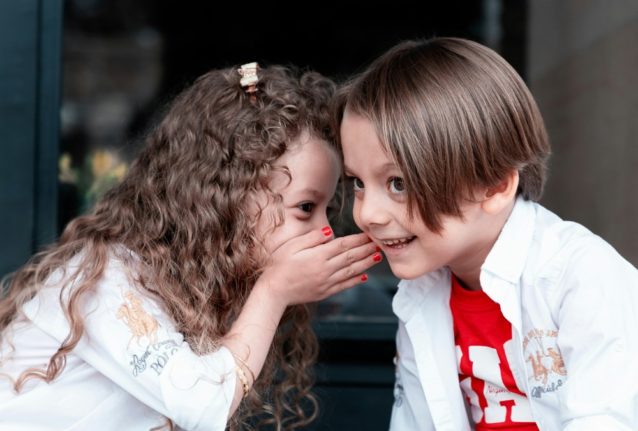Tyres
If you live in a city, it can make sense to keep your summer or winter tyres in a so-called dækhotel, literally a “tyre hotel”. These are often, but not always, managed by a local mechanic.
If you have any luck, the two times a year you pop in to have your tyres changed will outnumber the times you come in for other, more troubling and expensive, reasons.
READ ALSO: Driving in Denmark: When should you change to winter tyres?
Winter tyres or vinterdæk, which are designed for winter conditions, are normally switched out with sommerdæk Easter time. Allround-dæk or helårsdæk are tyres which are approved for winter use but can be used in the summer without detracting from performance.
Mechanics
According to Applus Bilsyn, a garage chain which carries out the two-yearly obligatory car safety inspections, bilsyn or periodisk syn, there are five main causes of a car breaking down.
Motorstop (engine failure) can be caused by the failure of elektroniske komponenter (electronic components) like varmemålere (heat sensors), turboladeren (the turbo charger) and elektronisk brændstofindsprøjtning (electronic fuel injection) – which are found in almost all modern cars.
Mekaniske defekter (mechanical defects), often related to high mileage or heavy usage, cause a breakdown of the bremser (brakes), gearkasse (gear box), kobling (clutch), airconditionanlæg (AC system), hjulophæng (suspension) styretøj (steering) or udstødningsrør (exhaust pipe).
Nedsmeltning, literally “meltdown” is caused by a failure to keep up with basic maintenance like oliepåfyldning (topping up oil).
Bilen koger or the car overheating can be a result of overstrain on the engine, for example by driving the vehicle too hard or on very steep or tough terrain beyond its capability. This can also happen if there is not enough vand under kølerhjelmen (water in the radiator).
Punkteringer or punctures are a risk when driving on worn-out tyres. You can have the condition of your winter and summer tyres checked by the garage that changes them over and/or stores them for you.
Other components
If your mechanic starts talking about katten, he or she is not referring to a cat, but instead to the katalysator or “catalytic convertor”, a part of the emissions system which frequently needs repairing or replacing.
The camshaft or cam drive, which in Danish is called the knastaksel or knastdrev, can sometimes be the cause of issues.
The carburetor or karburator is also quite likely to go wrong but its typically fairly cheap to replace. Often problems with a carburetor will mean nothing more than replacing the gasket, or pakning. Gaskets are often sealed in place with a sticky sealant, sometimes referred to by mechanics as apsnor, or “monkey string”.
The cylinder head (topstykke) is much less likely to cause you problems, but if it does get cracked or damaged is normally too expensive to be worth repairing.
Quite often, the main thing you need to do to get your engine going well again will to top it up with engine oil or motorolie.
Gears
You’re quite likely to end up having to visit a mechanic to fix a fault with your gearbox or clutch. The fault could be with the clutch pedal (koblingspedal), with the clutch plate (koblingsskive) or, more likely perhaps, with the clutch friction disc (friktionsskive).
If you can smell burning and are having trouble changing gears, you might also find that the flywheel, svinghjul, which helps smooth out the engine’s pulses, is past its best.
Brakes
The brakes get a lot of wear and tear, so sooner or later, you will need to at least replace the brake pads, or bremseklodser, on your car.
If your brakes go soft and you have to push much harder on the pedal to slow the car down, this could be a problem with the brake servo or bremseservo, a hydraulic or pneumatic system for reducing the force you need to apply when braking. You might also have leaking brake fluid or bremsevæske.
If you’ve got ABS brakes, you might have problems with the ABS control system or ABS styresystem.
It’s also quite common to need to tighten or replace the cable to the handbrake, håndbremse, or parkeringsbremse if it’s electric.
The writer of this article can do little more than change a wheel and top up the oil, so cannot vouch for any mechanics advice in this article. If you spot any misunderstandings about how cars work, or indeed any linguistic errors or misconceptions, please point them out in the comments section below.
If you’d like us to write further articles focused on technical terminology, do let us know in the comments section.



 Please whitelist us to continue reading.
Please whitelist us to continue reading.
Member comments